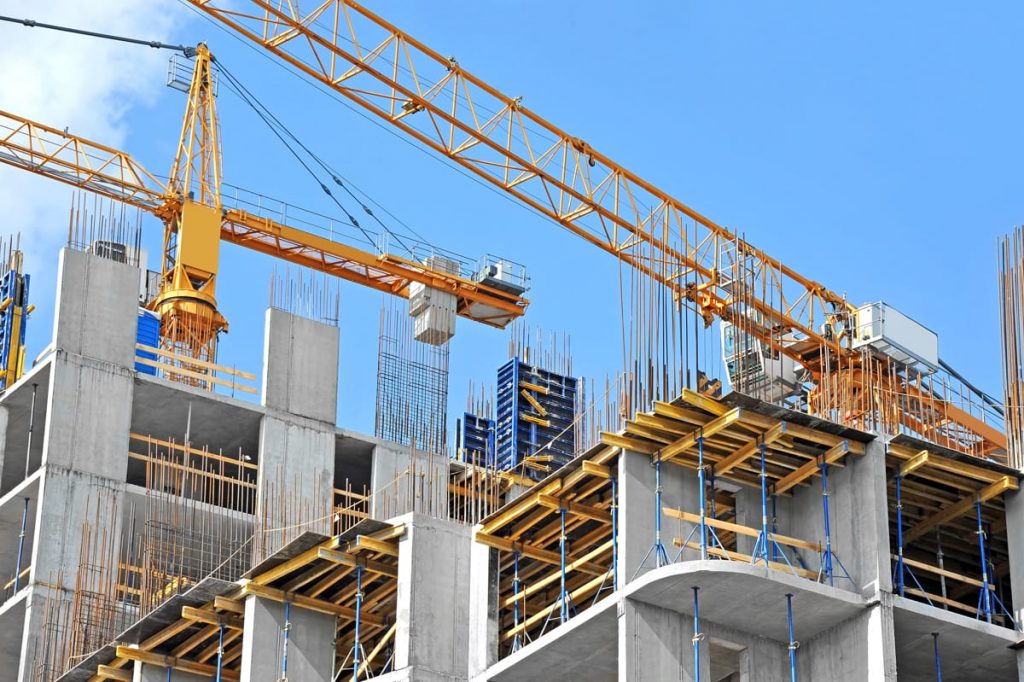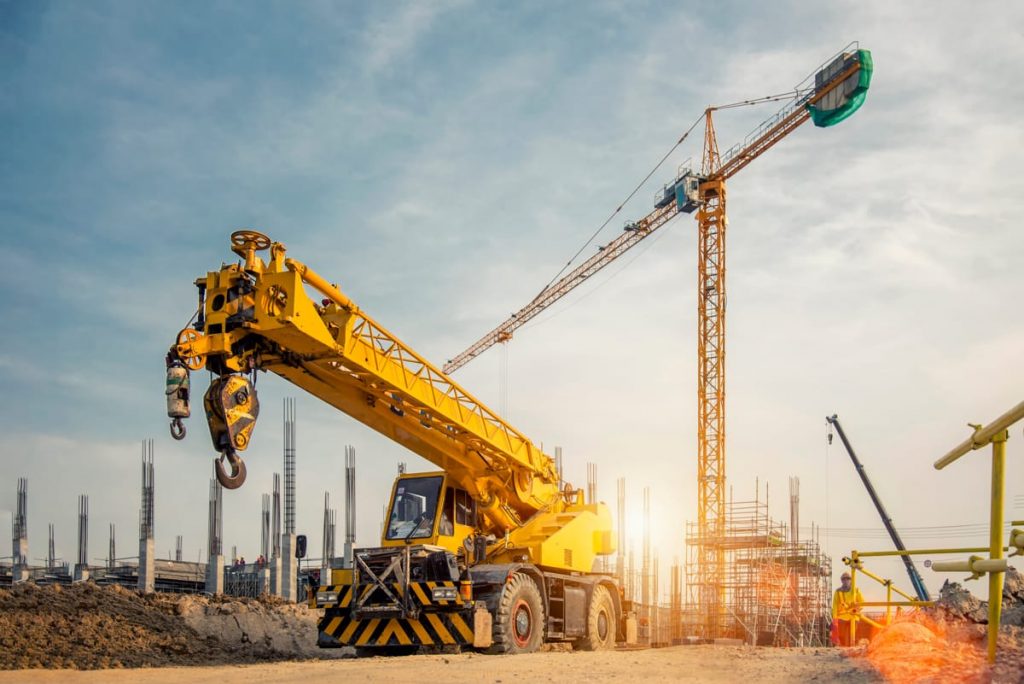Construction cranes are a vital tool for most construction projects. They can help you lift and position materials and equipment during construction. As with any other tools and equipment, you need to know what to look for when purchasing a crane to get the right one for your construction project. That said, here are some tips on how to choose the right crane for your project:

1. Locate A Supplier That Meets All Your Needs
It is essential to find a crane supplier with experience in the industry and a good reputation for quality workmanship. The best way to do this is through word of mouth from other contractors and subcontractors who have used their services.
Using equipment such as Tadano cranes will be your best bet if you want an efficient construction process not hindered by equipment malfunction, among other things. A supplier with experience will also be easy to work with, provide clear pricing information without hidden fees or markups, and deliver on time or ahead of schedule if possible.
2. Know The Weight And Size Of The Load
The weight and size of the load will determine the capacity of the crane, which will determine how much it costs to rent. A larger crane can lift more weight, so if you are lifting heavy loads, you may need a larger crane or multiple cranes working together to lift those heavier loads.
On top of that, the size of your project can also affect how much it costs to rent one. If you’re working on a large piece of equipment or building something big like an oil rig or wind turbine, a larger crane might be necessary due to its ability to lift heavier objects such as steel beams.

3. Understand Lift Height And Horizontal Distance
Another important consideration is the horizontal distance that a crane can travel. This measurement refers to how far your load will move on its track from its original position, not necessarily from the ground to where you want it to go. For instance, if you have a machine that needs to cover only 10 feet of distance but weighs two tons and is 12 feet wide, this would require an extremely large crane with exceptional reach capabilities (a boom length of 300 feet). A larger-capacity crane might be required if obstructions are getting in the way of moving a heavy load around safely.
Additionally, consider whether or not you’ll be moving equipment over short distances vertically once it’s lifted into place. In some cases, this might mean transporting them up several stories before being placed into position above another structure, such as an existing building or bridge. Vertical maneuvering may not be possible with smaller cranes since they often have shorter booms than larger ones.
4. Determine Whether Or Not You Will Be Renting Or Purchasing The Crane
Before you start looking for a crane, it is crucial to decide whether or not you’ll be renting or purchasing it. Significant factors will influence your decision if you choose to rent. For instance, the cost of renting is determined by several things, including:
- The rental price of the crane itself
- The price of having an operator on site
- The cost of fuel
5. Consider Safety Features
When deciding on a crane, it’s necessary to consider its safety features. A crane with a poor safety record may not be a good fit for your construction project.
The following are some of the most critical safety features to consider:
- Cab Safety Features: These include automatic cab doors for operator protection and seat belts for the operator and passenger protection during operation.
- Crane Stability Features: These should include electronically controlled stabilizers with remote monitoring capabilities to ensure stability even when fully loaded or operating in inclement weather conditions like windy days or snowstorms.
- Load Monitoring Features: This should be able to monitor both weight and movement and indicate any changes in load balance over time so operators can take corrective action before damage occurs. For instance, if one side is heavier than another after being lifted into position, this could indicate that something may have shifted inside while lifting, which could lead to an accident later down the line!
6. Check The Onsite Conditions And Access
The project location is another factor to consider when choosing a crane for your construction project. That said, here are some tips on how to check the onsite conditions to help you choose the crane that best fits your project:
- Check the site for obstructions and other potential hazards.
- Make sure you’re aware of any safety hazards that might be present at your project sites, such as holes in the flooring or unstable structures.
- Consider how you’ll get to the crane once it’s been delivered—will it need to be moved into place by a truck? Will there be room onsite for an operator to use the crane efficiently? If not, will they have to make multiple trips back and forth between their truck and the job site each time they need access?
If these questions aren’t answered before the delivery day arrives, it may be too late!
Conclusion
With its functionality, cranes play an integral role in the construction industry. Therefore, it is vital to ensure that you choose a crane that best fits the type and condition of your construction project. That said, follow the tips above, and you’ll be on your way to choosing the perfect crane for your next construction project.




Recent Comments